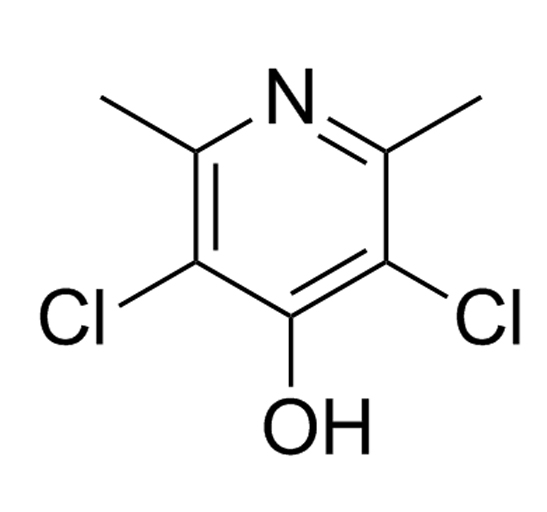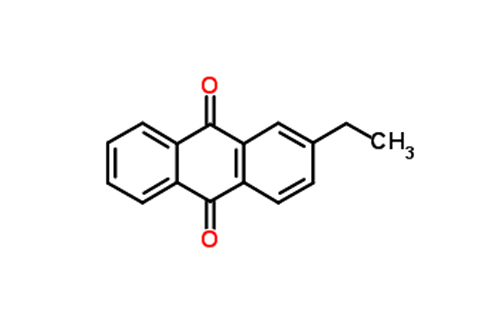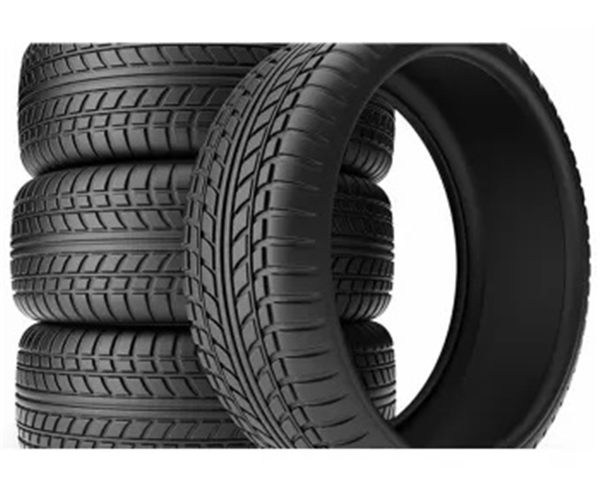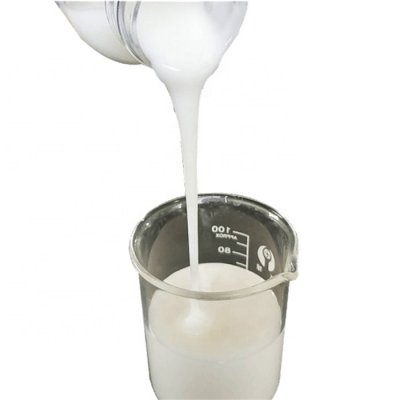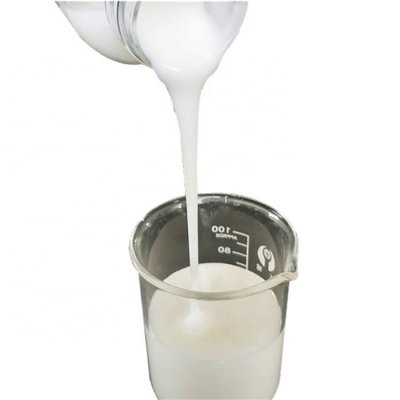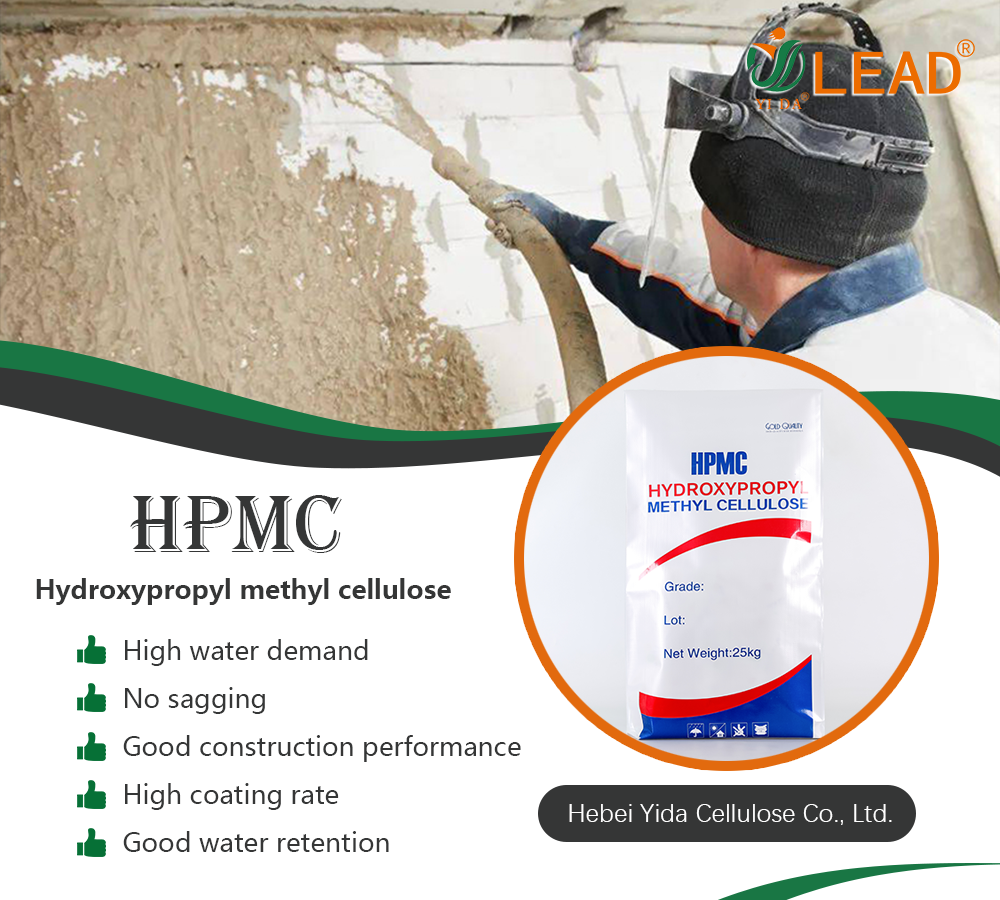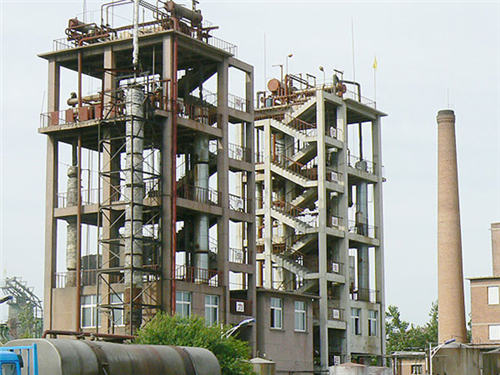Fine Chemicals
Fine chemical productsare specialty chemical products that are manufactured in small quantities and have a high level of purity. They are used as intermediates or building blocks in various industries such as pharmaceuticals, agrochemicals, electronics, and personal care. Fine chemicals and solventsoften have specific properties, such as reactivity, that make them suitable for specific applications, and they are typically more expensive than commodity chemicals. Our approach to fine and specialty chemical distribution at TOPFINE is to be your most dependable and resourceful partner. We take pleasure in being organic fine chemicalsmanufacturing experts.
TYPES OF FINE CHEMICALS
Paint & Coating Additives
Food Additives & Feed Additives
Pharmaceutical Intermediates
Aromatic Hydrocarbons
Base Raw Material
FINE CHEMICAL PRODUCTS FEATURES
1
Industrial fine chemicalsproducts are typically high-purity, specialty chemicals that are used in a wide range of industries, including pharmaceuticals, electronics, cosmetics, and food and beverage production. Here are some common features of fine chemical products:
High purity: Fine chemical products are typically very pure, with impurity levels of less than 1% or even less than 0.1%. This high level of purity ensures that the products meet strict quality standards and are suitable for use in sensitive applications.
Tailored properties: Fine chemical products can be tailored to have specific properties that make them ideal for particular applications. For example, a fine chemical used in pharmaceuticals might need to have a specific molecular weight, solubility, or reaction rate.
Precise composition: Fine chemical products are typically manufactured using precise, controlled processes that ensure consistent composition and quality from batch to batch.
Small-scale production: Fine chemical products are often produced in smaller quantities than commodity chemicals, as they are typically used in specialized applications. This allows for greater control over the manufacturing process and ensures product consistency.
2
High value: Fine chemical products are often high-value products, as they are used in specialized applications where quality and performance are critical. This means that they are typically more expensive than commodity chemicals.
Specialty applications: Fine chemical products are used in a wide range of specialty applications, including pharmaceuticals, electronics, coatings, and flavors and fragrances. They are often used in high-tech, high-value industries where precision and performance are critical.
Regulatory compliance: Fine chemical products are subject to strict regulatory requirements, particularly in the pharmaceutical and food industries. Manufacturers of fine chemical products must comply with these regulations and provide the necessary documentation and certifications to ensure product safety and quality.
In summary, fine chemical products are typically high-purity, specialty chemicals that are tailored to have specific properties for use in specialized applications. They are produced using precise, controlled processes and are subject to strict regulatory requirements to ensure product safety and quality.
WHAT ARE INDUSTRIAL FINE CHEMICALS USED FOR?
As one of the most professional fine chemical companies in China, TOPFINE mainly deals with SPRAYLAT brand conductive coatings of PPG, mainly used in electromagnetic interference (EMI), radio frequency (RFI) protection, high-performance electrostatic discharge (ESD) and radar protection in consumer electronics, aerospace, automotive industry, military, medical, base station rooms, etc.
TOPFINE is the agent of COSCO Kansai KANSAI coating products, mainly used for silicone high temperature resistant paint, water-based anti-corrosion paint, fluorocarbon coating, anti-static paint for storage tanks, self-cleaning functional coatings, and other products. Fine chemical industries applications mainly include bridges, port machinery, shipyards, storage tanks anti-corrosion, high temperature resistance, and other occasions.
FINE CHEMICAL MANUFACTURING CHALLENGES & SOLUTIONS
Fine chemical manufacturing involves the production of high-purity, high-quality chemicals used in various industries such as pharmaceuticals, cosmetics, and electronics. Here are some common challenges faced in fine chemical manufacturing and possible solutions:
Contamination: Fine chemicalsmust be produced in a clean and controlled environment to prevent contamination, which can affect their purity and quality. Solutions include implementing proper cleaning procedures, using high-quality raw materials, and maintaining proper ventilation and air filtration systems.
Cost: Fine chemical manufacturing can be expensive due to the high cost of raw materials and the need for specialized equipment and processes. Solutions include optimizing production processes to minimize waste and reduce energy consumption, utilizing automation to increase efficiency, and exploring alternative raw materials or production methods.
Safety: Fine chemicals can be hazardous, and proper safety measures must be in place to protect workers and the environment. Solutions include implementing safety protocols and training programs, conducting regular safety audits, and using appropriate personal protective equipment.
Regulatory compliance: Fine chemical manufacturing is subject to strict regulations governing product quality, safety, and environmental impact. Solutions include keeping up-to-date with regulatory requirements, implementing quality control measures, and maintaining detailed records to ensure compliance.
Scale-up: Scaling up production of bulk and fine chemicalscan be challenging due to the need for specialized equipment and processes. Solutions include carefully planning the scale-up process, conducting pilot tests to identify potential issues, and collaborating with experienced partners or suppliers.
In summary, fine chemical manufacturing faces challenges related to contamination, cost, safety, regulatory compliance, and scale-up. However, these challenges can be addressed through careful planning, optimization of processes, use of appropriate equipment and raw materials, and implementation of safety and quality control measures.
TO EXPLORE MORE ABOUT FINE CHEMICALS LIST
1,2-Dichloropropane
Sodium Gluconate
Thiophene
Sodium Bisulfite
Send product request
Other supplier products
| Clopidol Cas 2971-90-6 Wholesale | ClopidolCas 2971-90-6 Wholesale White or off-white powder, odorless. Very slightly soluble in methanol or ethanol, insoluble in water, acetone, et... | |
| Fine Chemical Products | Fine chemicals are specialty chemical products that are manufactured in small quantities and have a high level of purity. They are used as intermed... | |
| Hydrogen Peroxide Raw Material | Hydrogen Peroxide Raw Material Hydrogen peroxide is a powerful oxidizing agent that is widely used in a variety of applications, including as a bl... | |
| Dehydroacetic Acid Cas 520-45-6 Wholesale | Dehydroacetic acid natural is a multifunctional preservative used in cosmetics, personal care, and pharmaceutical products. It is a white, crystall... | |
| 1,2-Dichloropropane Cas 78-87-5 Wholesale | 1,2-Di chloro propaneCas 78-87-5Wholesale 1,2Dichloropropaneis an organic chemical compound. It is a colorless liquid with a characteristic, sweet... |
Same products
| OSi HIOSil BDAC CAS 13170-23-5 | Seller: OSi Holding Limited | Product Description Chemical Name: Di-tert-butoxydicaetoxysilane CAS No.: 13170-23-5 Typical... | |
| Silicone defoamer, Fatty alcohol defoamer, Polyether defoamer, Mineral oil defoamer | Seller: Nanjing Invelychem Co., Ltd | Our INVINO antifoams are versatile, catering to a wide range of industries including papermaking,... | |
| Silicone defoamer, Fatty alcohol defoamer, Polyether defoamer, Mineral oil defoamer | Seller: Nanjing Invelychem Co., Ltd | Our INVINO antifoams are versatile, catering to a wide range of industries including papermaking,... | |
| HPMC powder | Seller: YIDA HPMC | Hydroxypropyl methylcellulose (HPMC) is made of refined cotton after being pulverized, then react... | |
| UHMWPE Plant | Seller: Hubei Sanli Fengxiang Technology Co., Ltd | Ultra high molecular weight polyethylene (hereinafter called as UHMWPE) is a linear structural po... |










